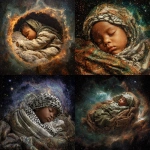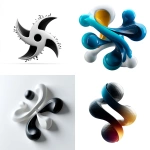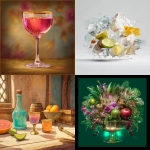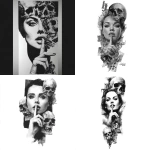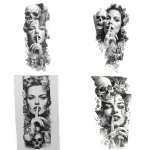Explore the Best AI Image Gallery
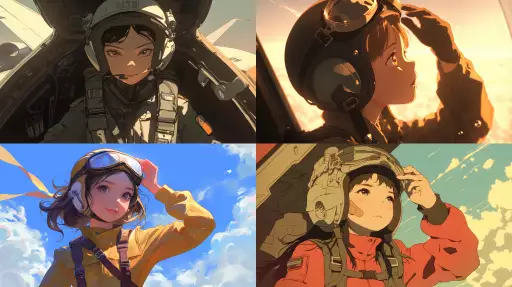
Beyond the Brush: How AI-Generated Visual Content is Transforming Creativity
The realm of visual art has always been a testament to human imagination and technical skill. Yet, a new frontier is emerging—one where artificial intelligence (AI) steps onto the creative canvas, generating stunning visuals that blur the lines between human and machine artistry.
A New Palette: The Potential of AI-Generated Visual Content
AI-powered tools are capable of producing a wide range of visual content, from photorealistic images and illustrations to abstract art and even animations. This opens up exciting possibilities across various industries:
- Marketing and Advertising: AI can generate unique visuals for campaigns, personalize marketing materials, and create engaging content at scale.
- Design and Fashion: Imagine generating custom clothing designs, experimenting with innovative product prototypes, or creating immersive virtual fashion experiences powered by AI.
- Entertainment and Gaming: AI can contribute to the development of realistic game environments, generate dynamic in-game assets, and even create unique storylines and characters.
- Education and Research: AI can aid in visualizing complex data, creating interactive learning materials, and accelerating scientific research through simulations and visualizations.
Navigating the Ethical Landscape
While the potential of AI-generated visual content is vast, it also raises important ethical considerations:
- Copyright and Ownership: Who owns the copyright to AI-generated art? Is it the creator of the AI algorithm, the user who prompts the AI, or the AI itself?
- Bias and Representation: AI models are trained on existing data, which can perpetuate biases and stereotypes. Its crucial to ensure that AI-generated content is inclusive and representative of diverse perspectives.
- Authenticity and Transparency: The increasing use of AI-generated visuals raises questions about authenticity and transparency. How can we distinguish between human-created and AI-generated art?
The Future of Creativity: A Symbiotic Relationship
Rather than viewing AI as a threat to human creativity, its more accurate to see it as a powerful tool that can augment and enhance our creative abilities. The future likely holds a symbiotic relationship between humans and AI, where:
- AI provides inspiration and new possibilities: AI can help us break free from creative limitations by generating unexpected ideas and concepts.
- Humans retain the role of curators and guides: Humans will continue to provide the artistic vision, critical thinking, and emotional intelligence that imbue creations with meaning and purpose.
- Collaboration becomes the norm: Artists and designers will increasingly collaborate with AI tools, leveraging their strengths to produce groundbreaking works of art.
The rise of AI-generated visual content is a transformative moment in the history of creativity. By embracing its potential while navigating the ethical complexities, we can unlock new dimensions of artistic expression and shape a future where human and artificial intelligence work together to create a more imaginative and vibrant world.
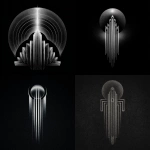
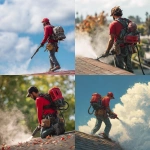
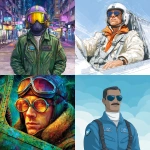


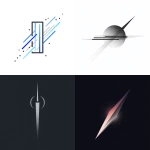

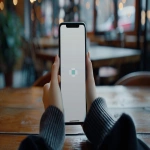
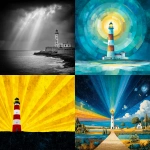


](https://images.ai-img.art/thumbnails/150/d29fcfc8037938184a641f7980e1102e24a6e82088bc465886d26ffe5bb006c7.webp)

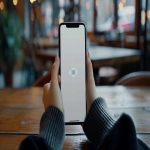
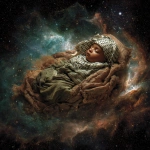
](https://images.ai-img.art/thumbnails/150/4a4f2a16da94ebadad64aeb3b0fb4e64d426431f1d651cc4929142c728fe85b7.webp)

](https://images.ai-img.art/thumbnails/150/9127f72c6be19d533c26ac476f4d216cd89a6a2d7c351333489a3eff30c3ec5a.webp)
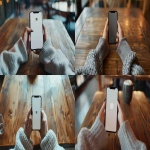

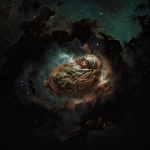

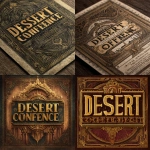
](https://images.ai-img.art/thumbnails/150/37f115f2fa75765b87e6d3e2c9f1b0a80a6a46efa8b864a05278c7fc0a0a62e7.webp)



](https://images.ai-img.art/thumbnails/150/336026613fd234b8d6908fe18ecc09b2b2ecf7b8dfe294742041c9862dc499c1.webp)
](https://images.ai-img.art/thumbnails/150/24610c8978ce6b4f1ced8639b434482871adb07e38af8b90cd535f2533bf18cc.webp)
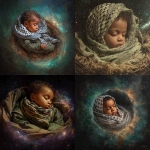
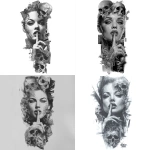
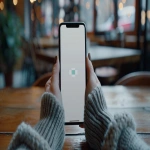
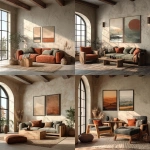

](https://images.ai-img.art/thumbnails/150/b90a5f332cb5d8f02116934e13abd20233e0eeb2368274dbdffaa2e281e4dff5.webp)
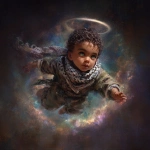
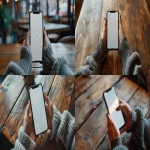
](https://images.ai-img.art/thumbnails/150/85464d88f1d4314cd042a02a6f41440fc3b4343db529794cbe8e6836fdadf409.webp)


